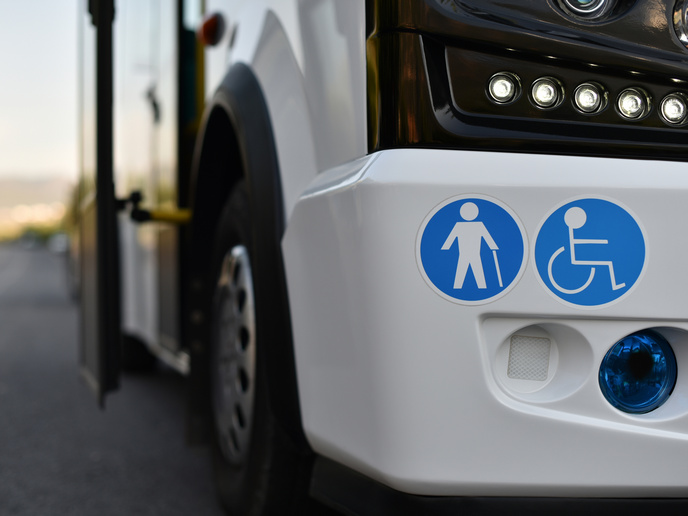Co-designing public transport with disabled citizens
Over 80 million Europeans have a long-term disability, which may include physical, mental, sensory or intellectual challenges. Disabled citizens are at high risk for social exclusion, and mobility issues represent one of the greatest barriers to accessing all a modern society can offer. The EU-funded project TRIPS addressed this issue by involving disabled persons in the design of future transportation solutions.
Inclusivity by design
The project consortium involved teams in seven pilot cities across Europe: Lisbon, Zagreb, Bologna, Cagliari, Brussels, Sofia and Stockholm. Each team in the consortium included individuals with long-term disabilities, and their work was supported by experts in design methodology, systems integration and privacy issues. According to project coordinator Kristina Andersen: “Working with these groups throughout the project allowed lived experience and a deep commitment to change to guide the project. Teams prioritised goals and developed a co-design method for involving stakeholders in the design of changes that affect them.” In addition to including experts who were themselves disabled, a major goal of TRIPS was to survey disabled citizens to determine needs and attitudes about future mobility solutions. The survey collected data from 553 people in 21 countries. Over half of those surveyed lived with a physical disability. Respondents included individuals with vision, hearing, mental and intellectual disabilities.
Assessing assistive technologies
The survey distributed by the project assessed mobility needs using the Mobility Divide Index (MDI). This tool considered the following aspects of mobility services: autonomy, travel time, comfort, safety, convenience and affordability. The survey also uncovered attitudes towards future mobility solutions by having respondents rank which solutions they might use. Across the board respondents had a positive view of assistive technologies. These included adaptation of robotics and smart technology such as canes, voice recognition, platforms and ramps. The most popular assistive technology, irrespective of disability, was the accessible journey planner. An accessible journey planner uses technology infrastructure to provide in-depth real-time information to the user. For example, a planner could allow a traveller to know how many seats are available on the next bus and where they are located.
Recommendations for transport planning
A journey is not accessible until the entire journey from door to door is accessible. To address this, TRIPS recommended prioritising accessible journey planners and also recommended promoting ownership of assistive technology and training in how to use it. The most important recommendation from TRIPS is the inclusion of disabled citizens in the transportation design process. Andersen emphasises: “By engaging people who are most affected by changes in transport decision making in the design process, we avoid bias and promote equity. We also create designs and solutions that are good for everyone. As such, the main deliverable of the project is the TRIPS co-design methodology toolkit, available as an online training programme aimed at citizens, designers and transport providers alike.” Social inclusivity is a principle of modern European culture. The TRIPS model for inclusive transportation solutions helps to make it a reality.
Keywords
TRIPS, co-designing, disability, public transport, inclusivity, assistive technology, accessibility journey planner, transportation design



